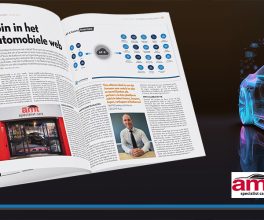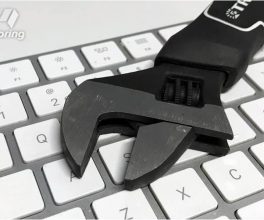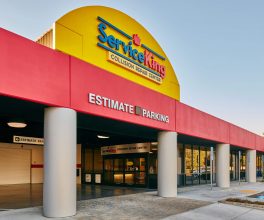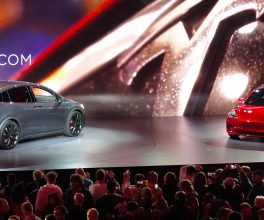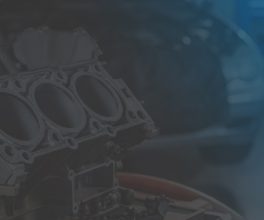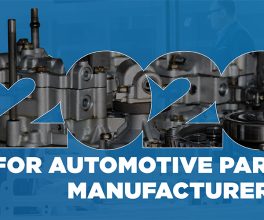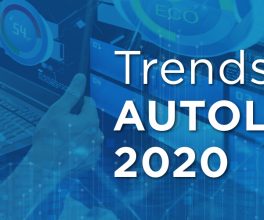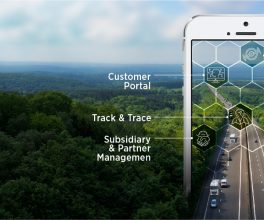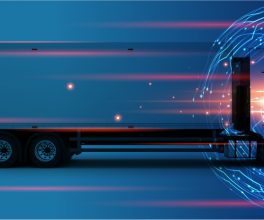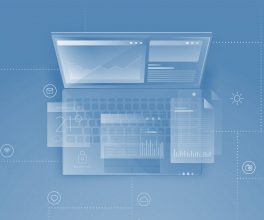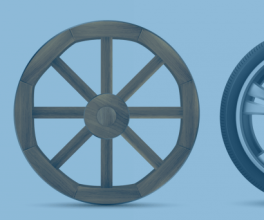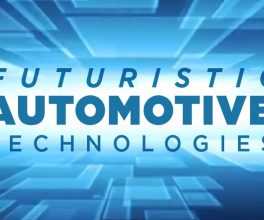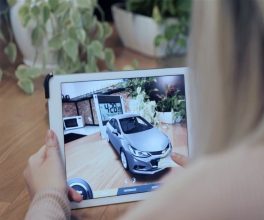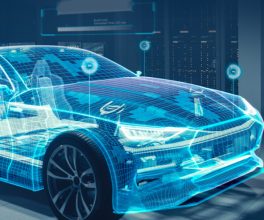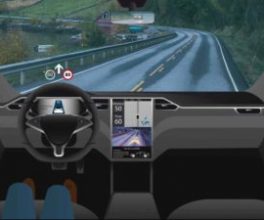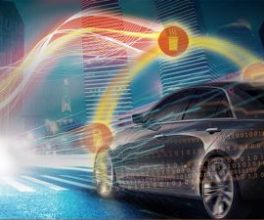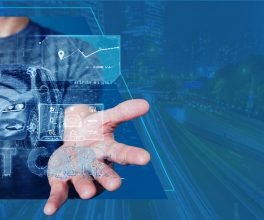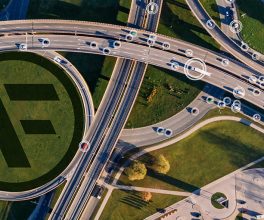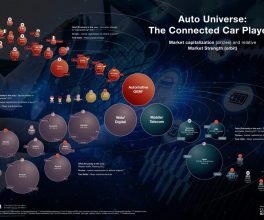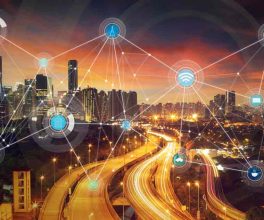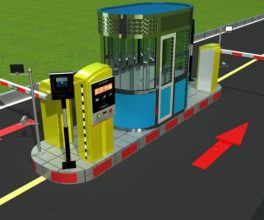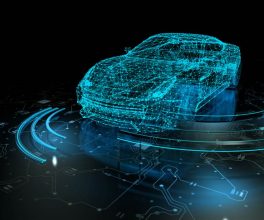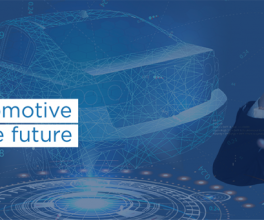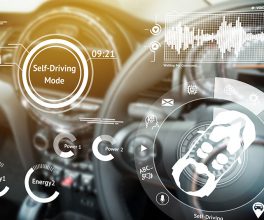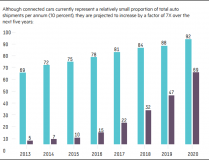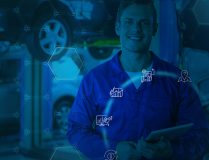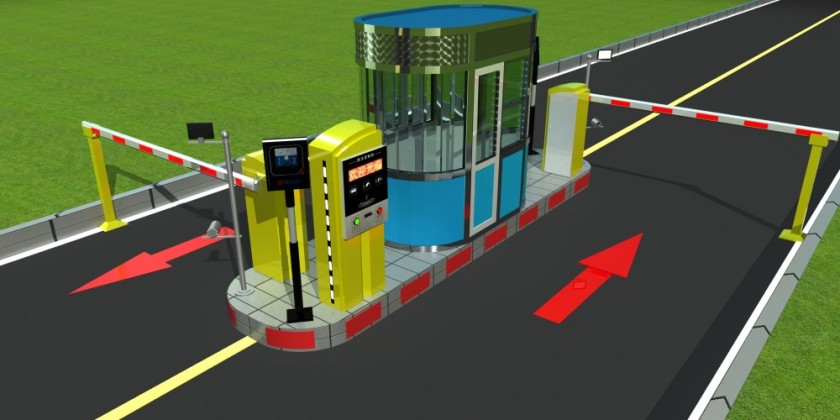IoT is indeed bringing about a transformation in fleet management. Ubiquitous connectivity and data harvested from individual vehicles now are routinely used to streamline fleet operations, improve efficiencies, and reduce cost per mile of operations. Fleet managers who deploy Internet of Things through a vehicle tracking solution to improve fleet processes stand to benefit from better bottom line revenues and better customer relationships.
An IoT-based fleet management effort works at two levels. One involves better vehicle management and the second involves delivering a better customer experience. A fleet management strategy that hinges on outperforming customer experience should have IoT as one of the enablers. Our conversations with fleet managers have revealed gaps in areas such as visibility into trips, driver behavior, preventive maintenance, geo-fencing, and route optimization. This is because the traditional approach laid emphasis on customer feedback or through inputs received from the drivers—both of which are episode-based and incidental to subjective interpretations.
To bring in a degree of scientific and data-based inquiry, an approach that relies on a holistic view of cars as passenger experience units is required. If the experience generates positive feedback consistently, chances are that it could amplify at a fleet level and deliver better brand engagement and recall. However, we have not come across many such instances. In most cases, passenger experience was not consistent not even across multiple vehicles deployed on the same route driven by the same driver.
Addressing the gaps identified above and ensuring consistency in passenger experience are therefore core areas of improvement for fleet managers.
IoT in fleet management
Through IoT, sensors and devices embedded in vehicles capture and share data on various aspects of operation. A range of hardware sensors can be used to gather various data depending on the need of a fleet manager. Some of the areas include:
Driver behavior
IoT devices can monitor driver behavior, including driving habits, location and stops. Post-trip feedback can be provided to drivers to help them improve their driving habits. Geo-fencing can help ensure drivers of vehicles stay within a specified geographic location.
Maintenance
Vehicle maintenance is more institutionalized and process driven in vehicles fitted with IoT devices. The driver and fleet manager receives constant alerts as to when a planned or unplanned maintenance schedule is required or when a monitored part needs a tune up. Tire pressure, for instance, can be maintained at an optimal level.
Assisted driving
IoT enables assisted driving and situational awareness. This leads to less engine stress, better fuel efficiency, and reduced emissions. Studies have shown a reduction in emissions to the tune of 5-20 percent when drivers are provided on-trip advice and post-trip feedback.
Customer experience
Improved delivery times with assurance, studying historical data to improve service, and app-based management of customer experience are all benefits that can be linked back to telemetry.
Lower premiums
Insurers prefer vehicles fitted with some form of tracking/fleet management system. Insurers generally offer discounts for covering such vehicles, which could result in significant savings.
Lower per-mile cost
Operational cost per mile with reduced fuel consumption is a result of route optimization and improved engine efficiency.
Lesser emissions
Improved mileage, avoiding speeding, less idle times, and better acceleration management lead to lower emission of pollutants.
Beyond these immediate benefits, a vehicle tracking solution can bring in a significant degree of predictability in delivery times and in fleet operations. Assurance in delivery translates into better customer experience and loyalty. Pressure sensors and load monitors can provide optimal fleet utilization, while data gathered could be used to simulate scenarios and responses.
Deploying IoT is not merely an economic imperative. Everyone from aviation and automotive industry participants, banks, and healthcare providers are using varying versions of IoT. They all are finding value in using an IoT-based approach to address multiple challenges. IoT provides fleet managers data that can be used for a range of end uses and gives them enough buffer to anticipate and manage bottlenecks while strengthening the brand.
Author – Arvind Gopalakrishnan
Courtesy of DQINDIA ONLINE





